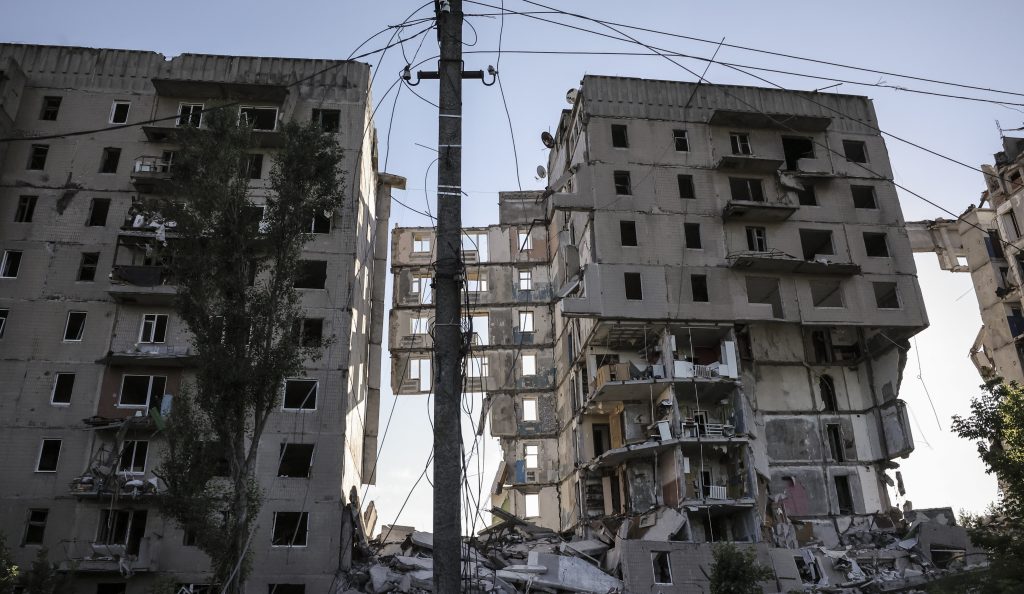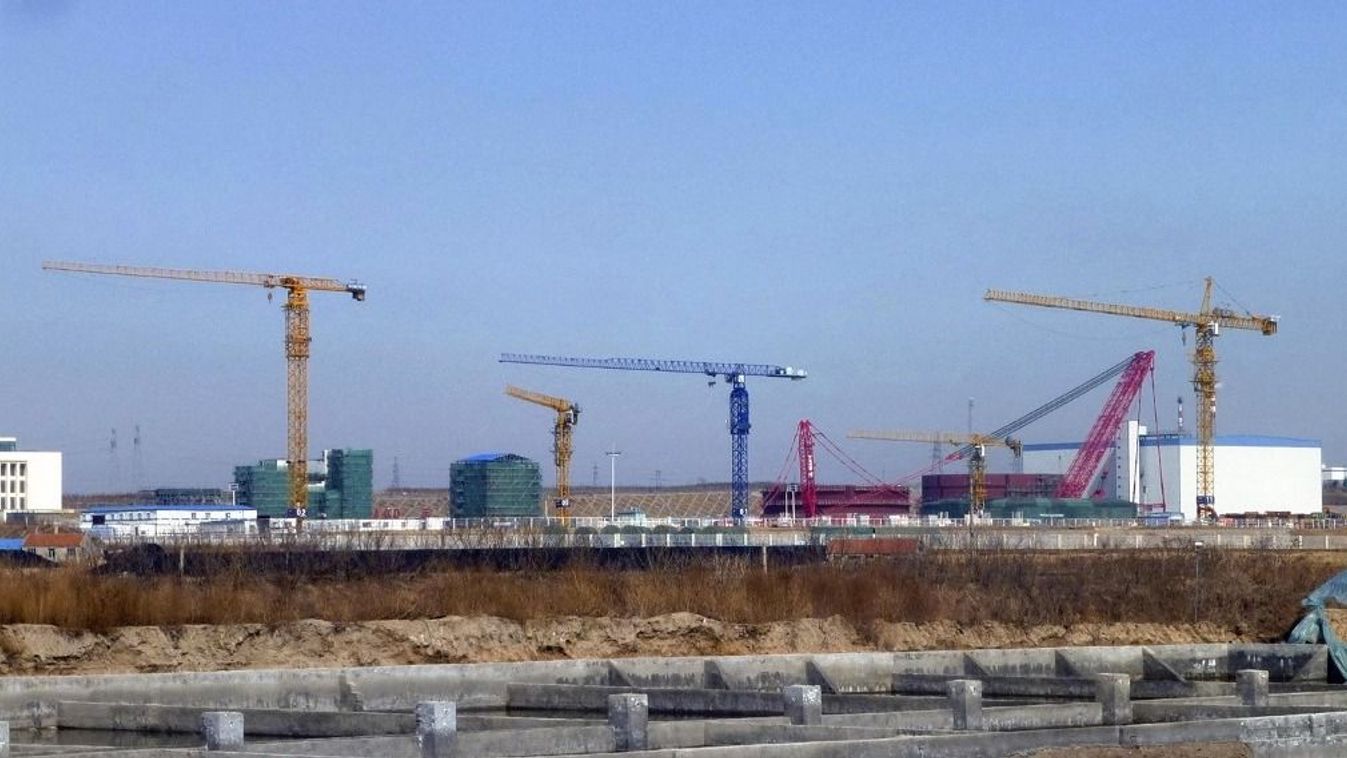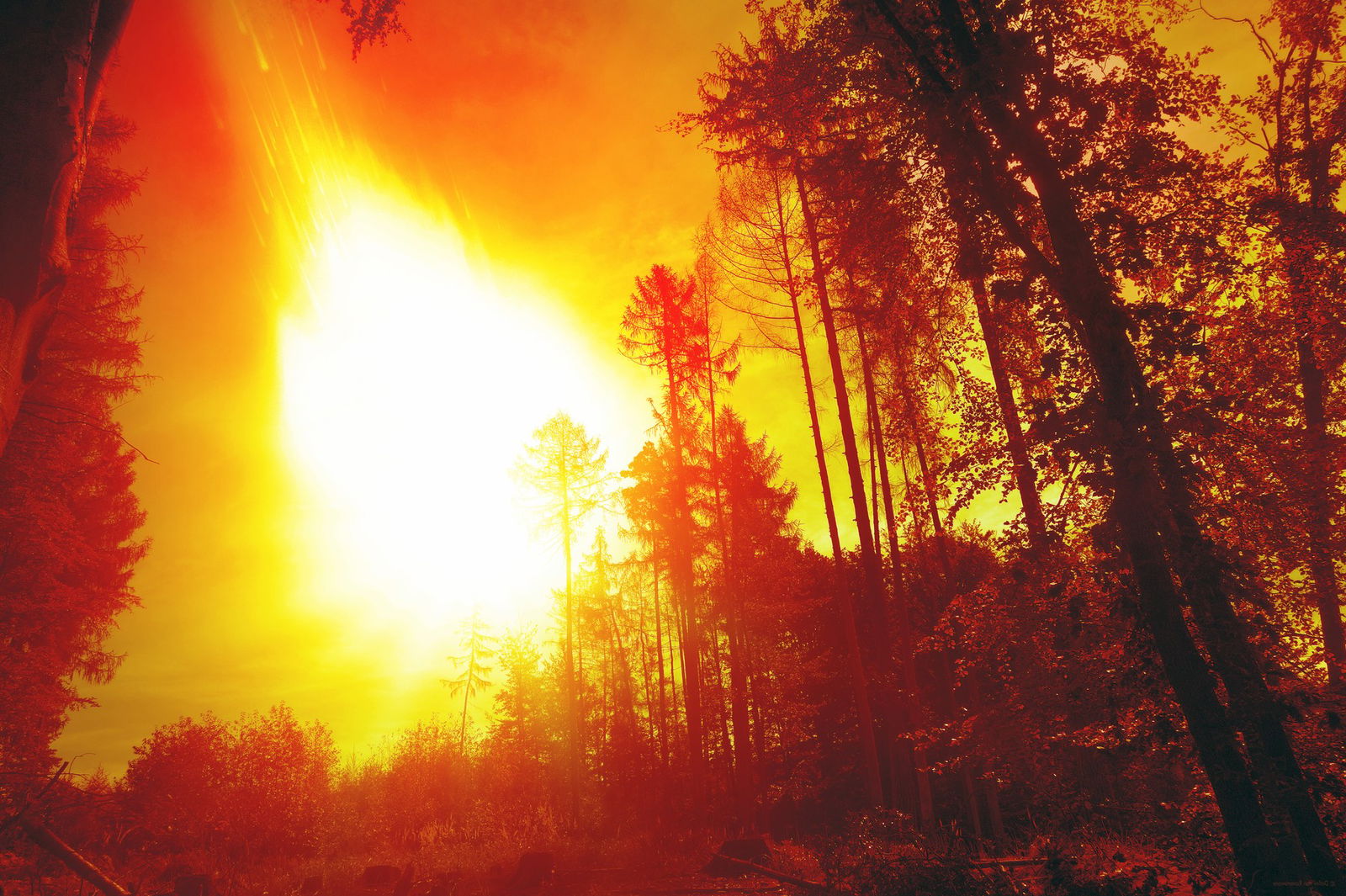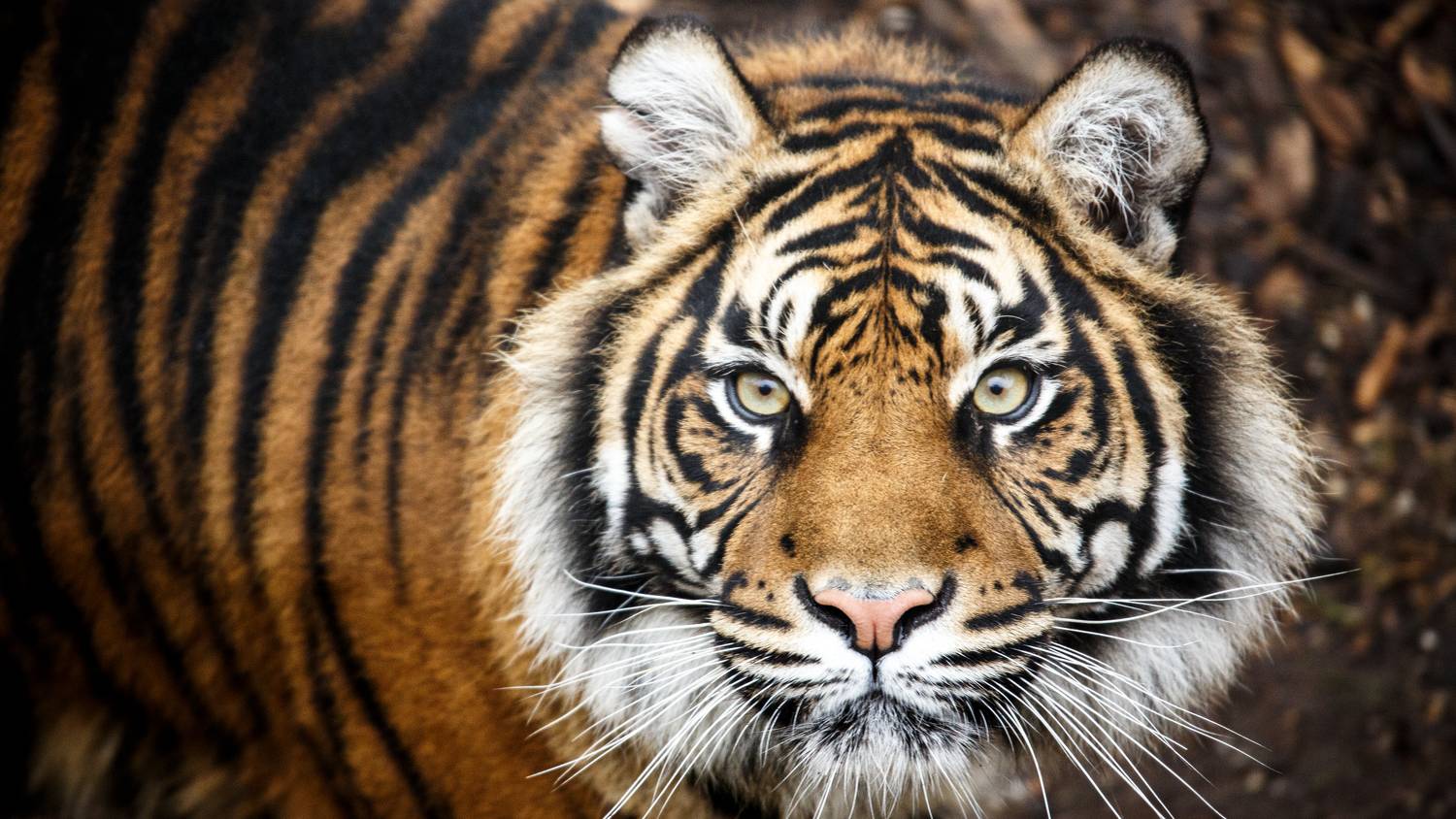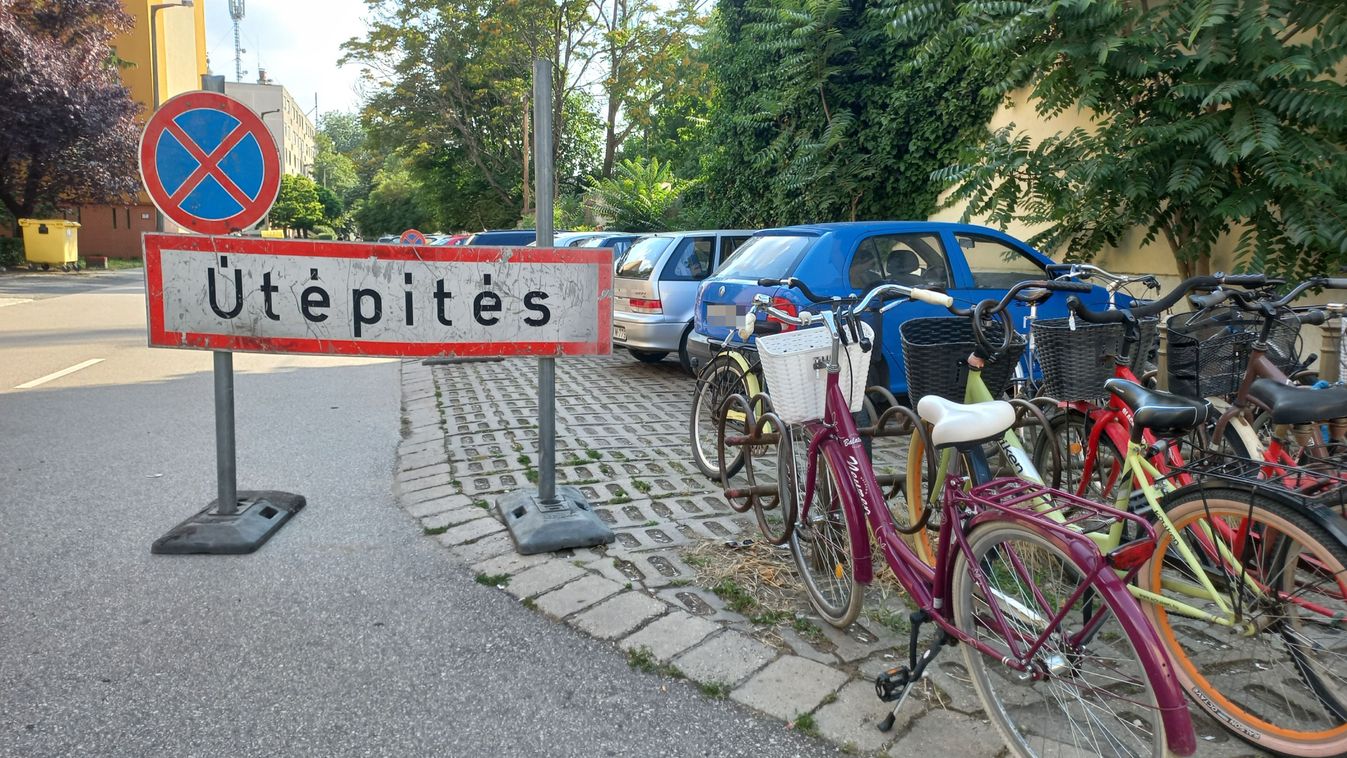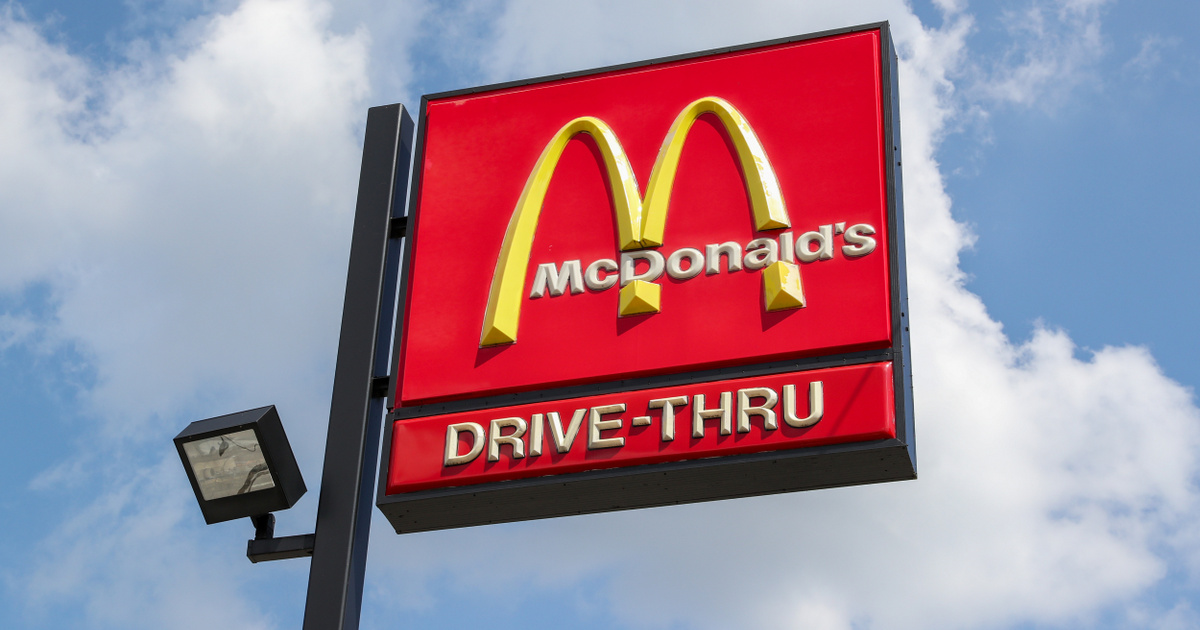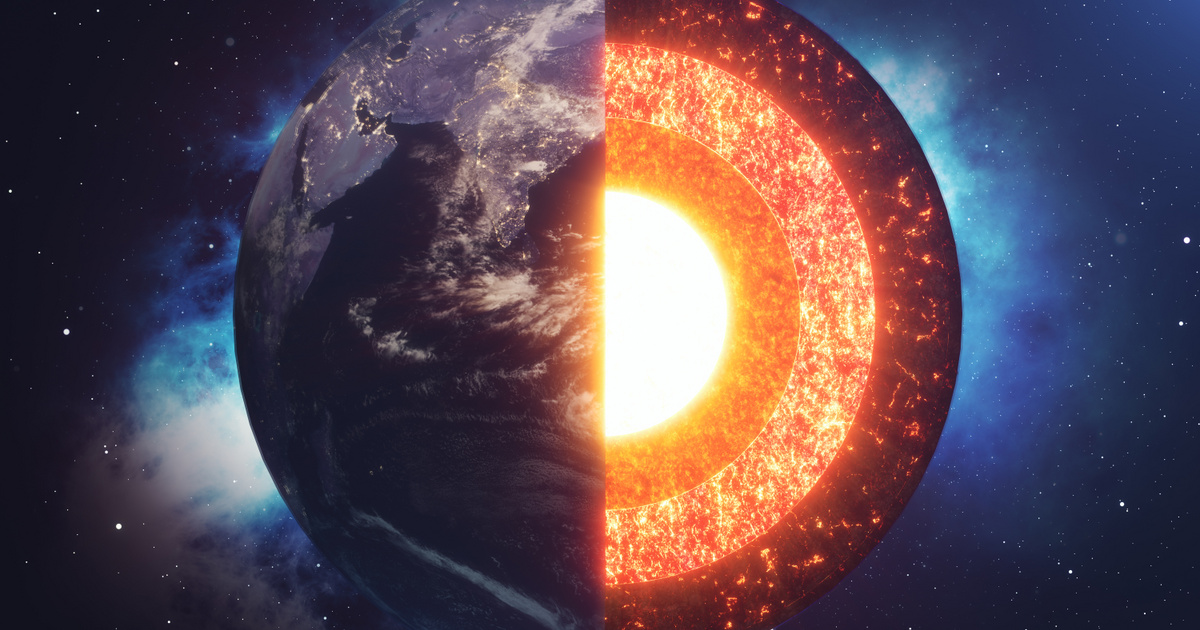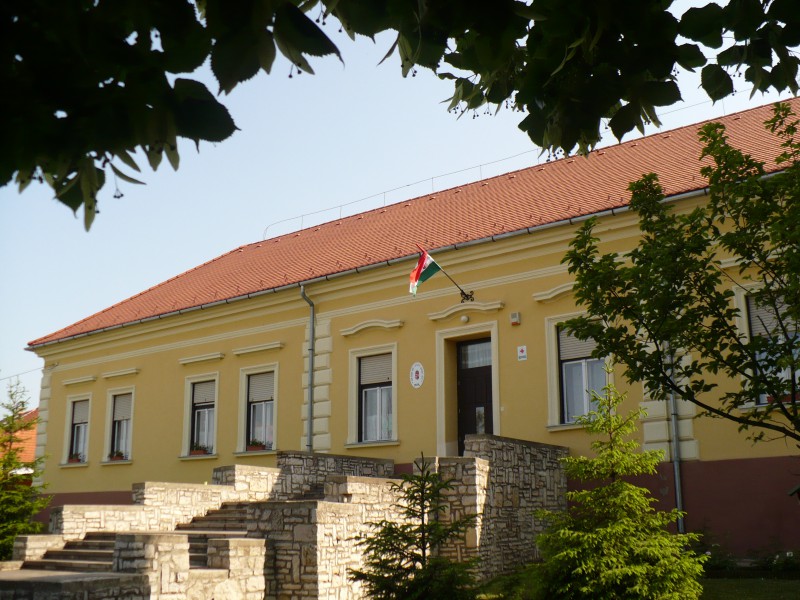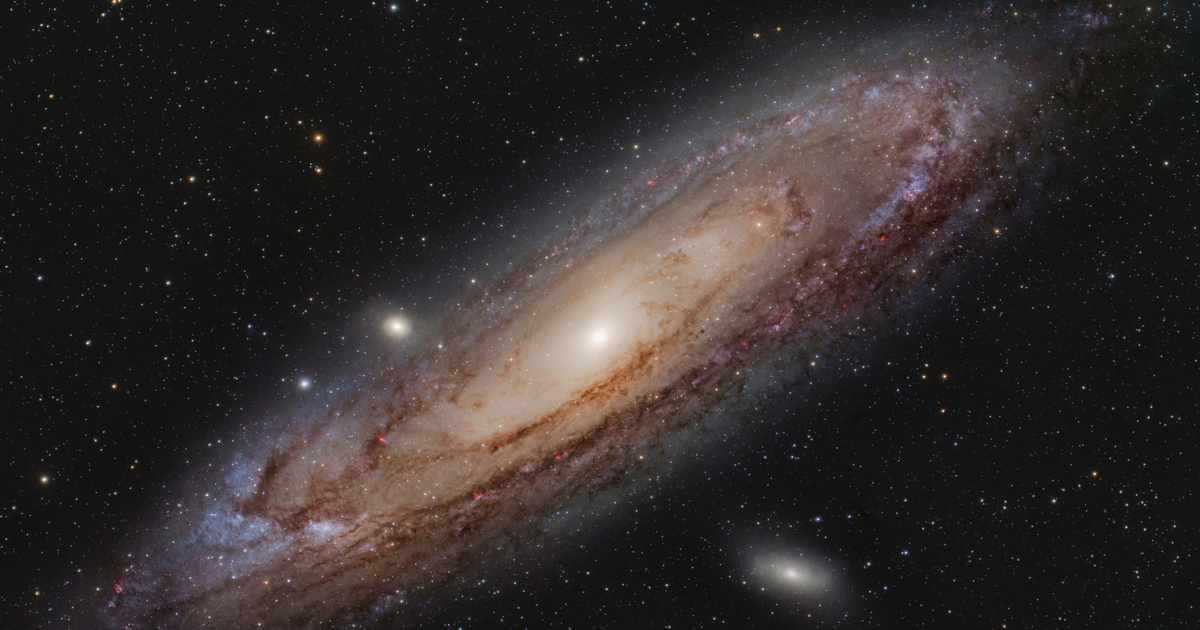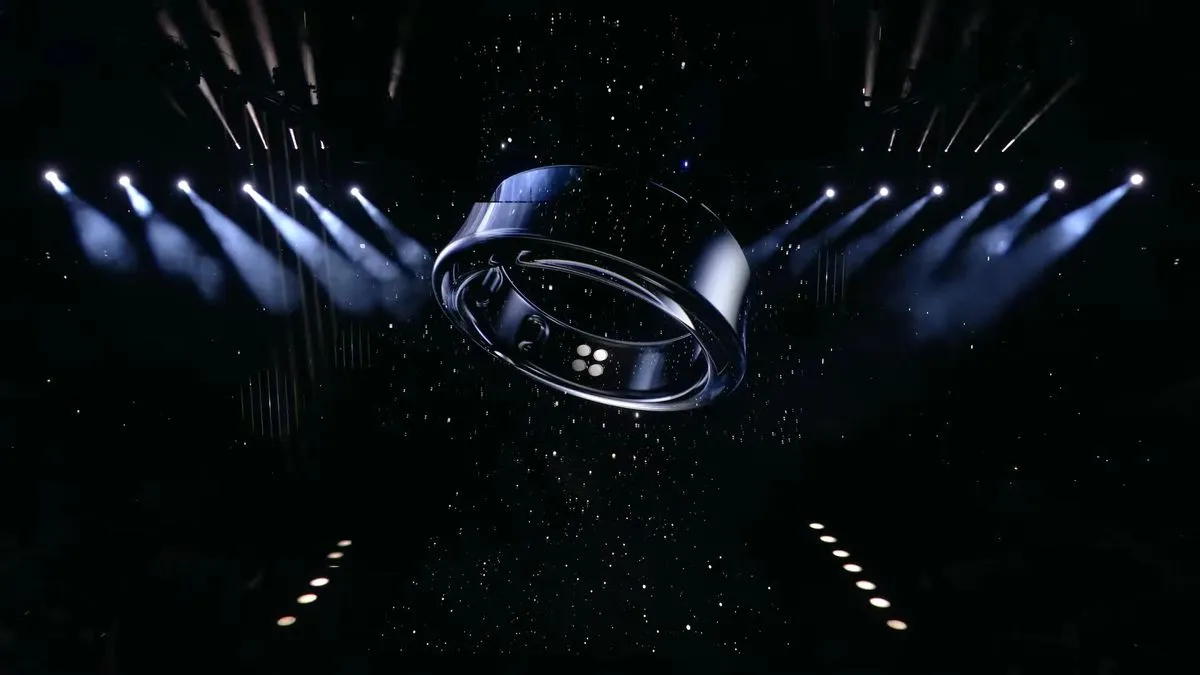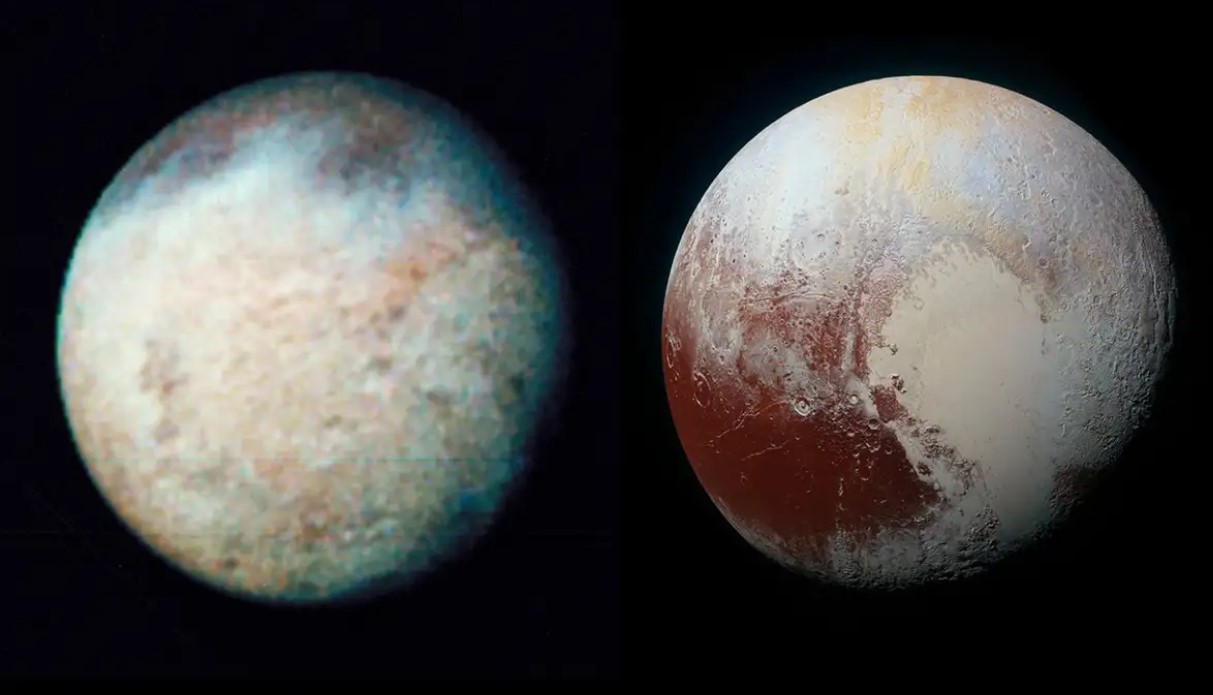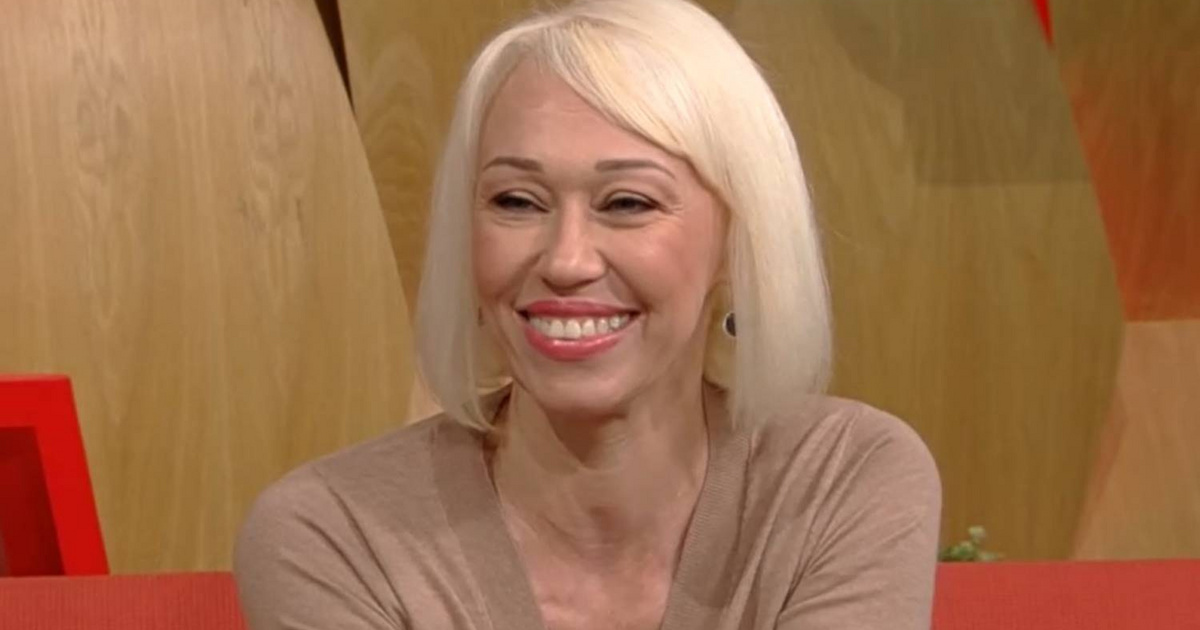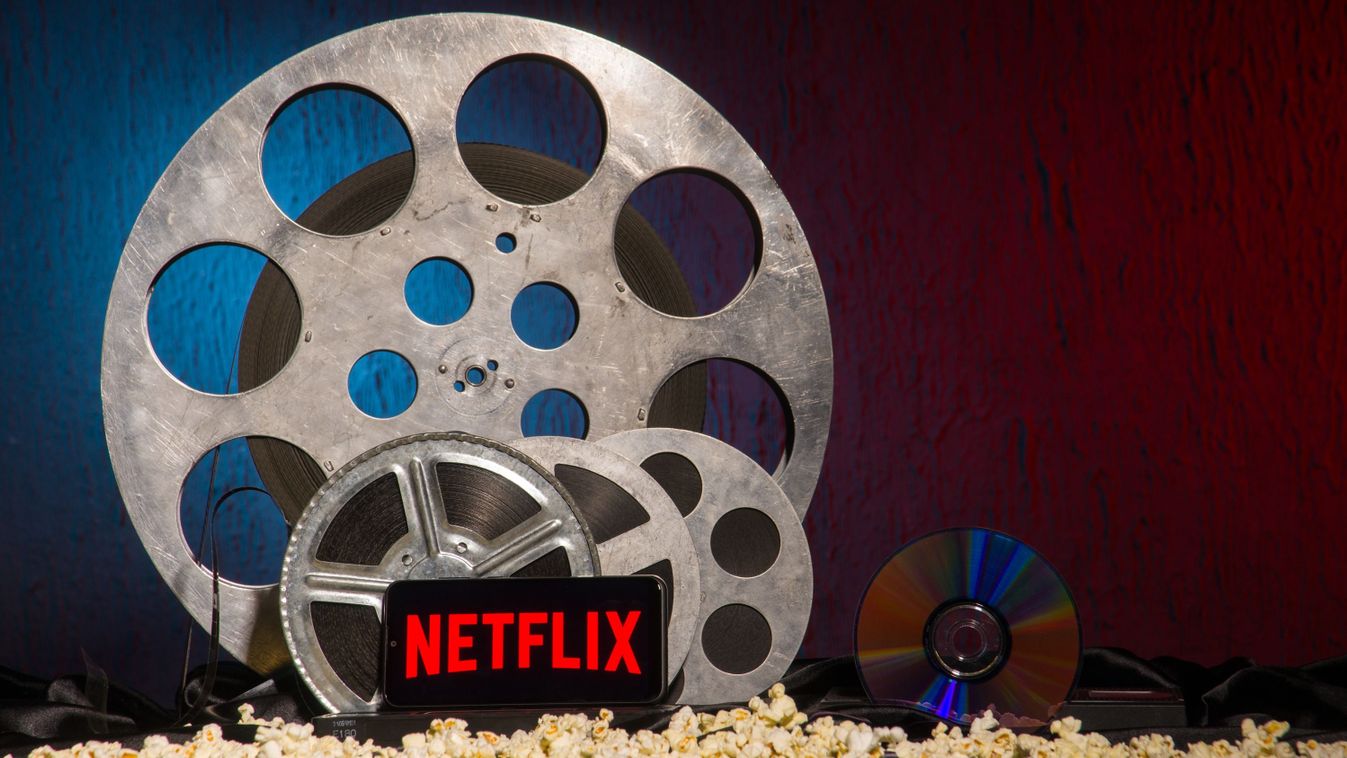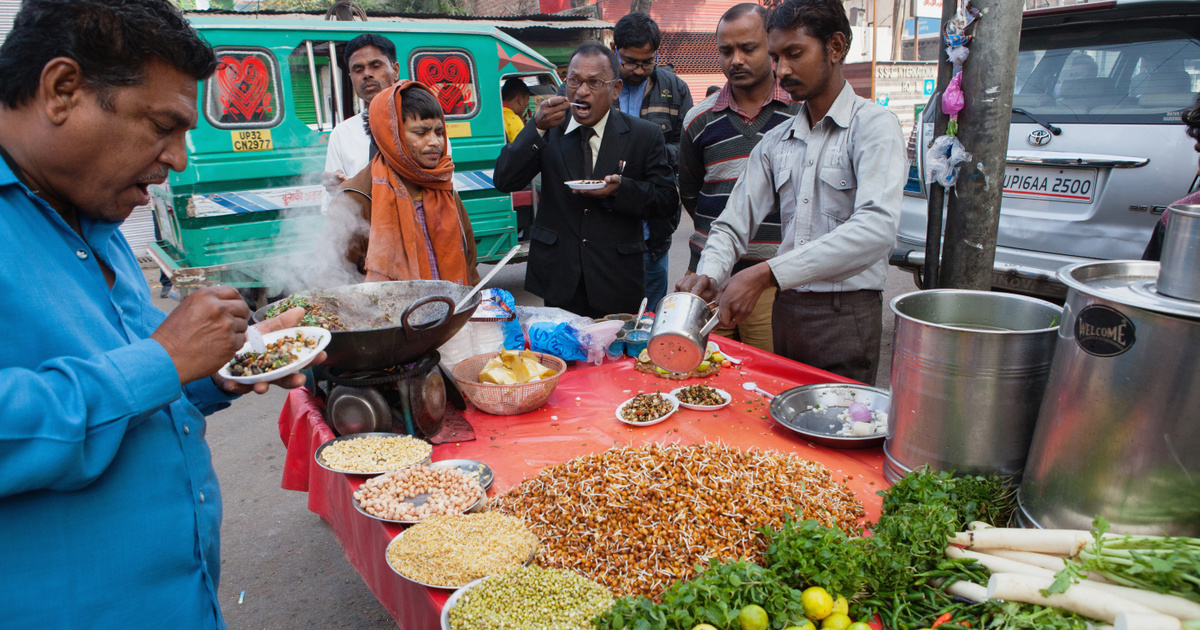Beans are filling and nutritious, and as the basis of a plant-based diet, they’re also good for the planet. But how can the legume family — which includes beans, peas, lentils and chickpeas — help us live longer?
In every Blue Zone I visited, beans and other legumes were an important part of the daily diet — and they still are today.
– said author and entrepreneur Dan Buettner, who has been covering “blue zones” for decades, that is, those unique communities around the world where people live long, healthy lives, up to 100 years old or even beyond.
The inhabitants of these regions share their environment and lifestyle – including a vegetarian diet – which, according to scientists, contributes to longevity. Blue Zones Discovered in Ikaria in Greece, Okinawa in Japan, Nicoya in Costa Rica, Loma Linda in California and Sardinia in Italy, Off the Coast of Italy Books CNN.
In Sardinia, where one of the first groups of perennials was examined, garbanzo and fava are the most popular legumes, Buettner said. Garbanzo, also known as chickpeas, is the main ingredient in minestrone, which is usually eaten in several meals, so Sardinians eat it at least twice a day.
The recipe was handed down to Buettner by one of the three brothers and six sisters of the Melis family of Perdasdefogu, Sardinia, which he says is “the longest-lived family in the world.”
The combined age of the nine brothers was 851 years. They ate the exact same minestrone with sourdough bread and a small glass of red wine every day of their lives
Buettner said.
Why beans?
All members of the legume family are packed with nutrients, including copper, iron, magnesium, potassium, folate, zinc, lysine, an essential amino acid, and plenty of protein and fiber.
Fiber results in healthy gut microbes and better immune function
– said Buettner, noting that “only 5 to 10 percent of Americans get the fiber they need.”
Bittner said each type of bean has different nutritional profiles, so it’s best to eat a wide variety of beans. Aduki, or red beans, contain more fiber than many other varieties, while lava beans are packed with the antioxidant lutein. Black and dark red beans are full of potassium, and chickpeas are rich in magnesium.
Beans are also filled with plant protein, which is even healthier because it has fewer calories and more nutrients than animal protein.
he added.
What’s more, according to Buettner, when you pair beans with a whole grain, you get all the amino acids that make up a nutritionally complete protein—similar to what’s found in meat.


